Kingdom Animalia Class Aves | Phylum Chordata | |
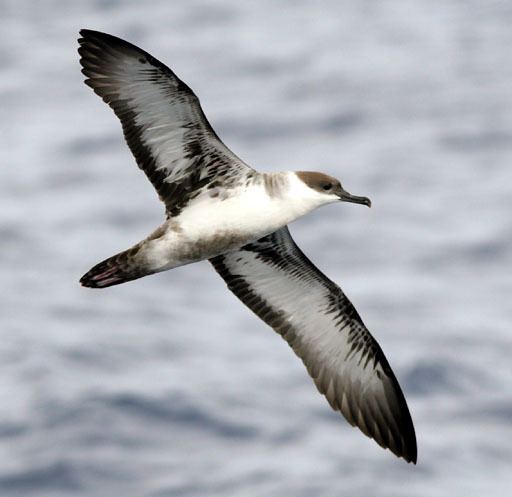 | ||
Representative species | ||
Bird id made easy large shearwaters
Shearwaters are medium-sized long-winged seabirds. There are more than 30 species of shearwaters, a few larger ones in the genus Calonectris and many smaller species in the genus Puffinus. The Procellaria petrels and Bulweria were believed to belong to this group, but are only distantly related based on more recent studies, while the Pseudobulweria and Lugensa "petrels" are more closely related. The genus Puffinus can be divided into a group of small species close to Calonectris and a few larger ones more distantly related to both.
Contents
- Bird id made easy large shearwaters
- Shearwater attack blue planet bbc wildlife
- List of species
- References
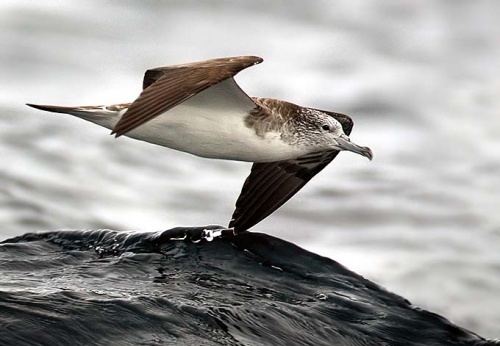
These birds are most common in temperate and cold waters. They are pelagic outside the breeding season.
These tubenose birds fly with stiff wings and use a "shearing" flight technique (flying very close to the water and seemingly cutting or "shearing" the tips of waves) to move across wave fronts with the minimum of active flight. This technique gives the group its English name. Some small species, like the Manx shearwater are cruciform in flight, with their long wings held directly out from their bodies.
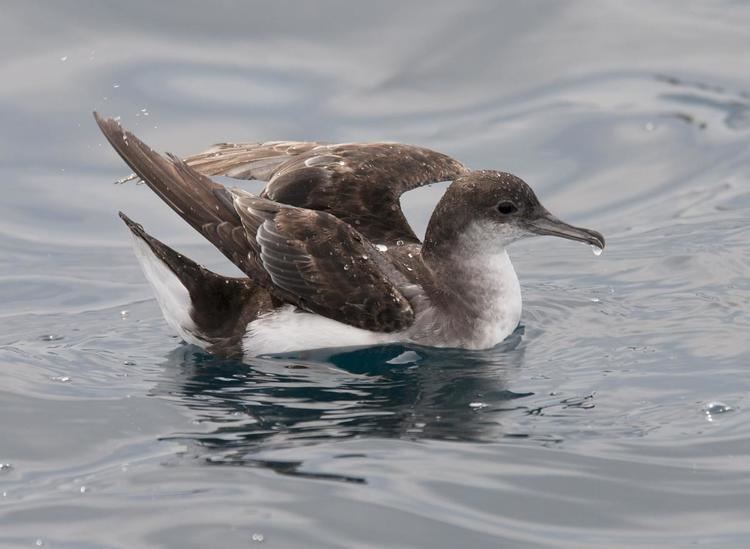
Many are long-distance migrants, perhaps most spectacularly sooty shearwaters, which cover distances in excess of 14,000 km (8,700 mi) from their breeding colony on the Falkland Islands (52°S 60°W) to as far as 70° north latitude in the North Atlantic Ocean off northern Norway. One study found Sooty shearwaters migrating nearly 40,000 miles (64,000 kilometers) a year, which would give them the longest animal migration ever recorded electronically. Short-tailed shearwaters perform an even longer "figure of eight" loop migration in the Pacific Ocean from Tasmania to as far north as the Arctic Ocean off northwest Alaska.
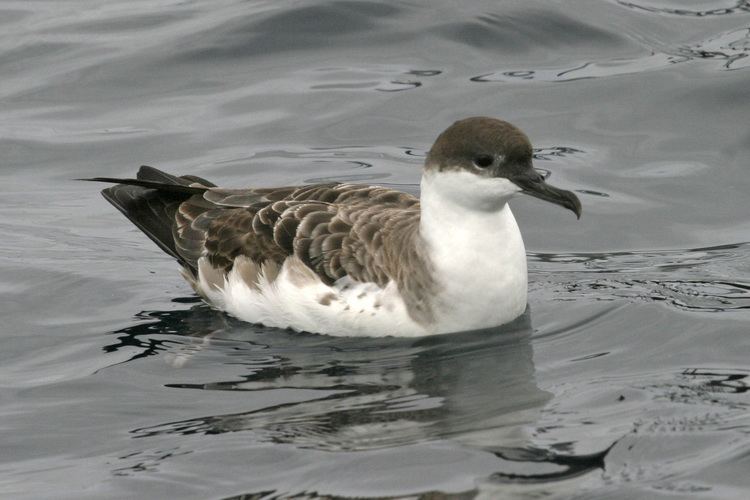
They are long-lived. A Manx shearwater breeding on Copeland Island, Northern Ireland, is currently (2003/2004) the oldest known wild bird in the world: ringed as an adult (at least 5 years old) in July 1953, it was retrapped in July 2003, at least 55 years old. Manx shearwaters migrate over 10,000 km (6,200 mi) to South America in winter, using waters off southern Brazil and Argentina, so this bird has covered a minimum of 1,000,000 km (620,000 mi) on migration alone.
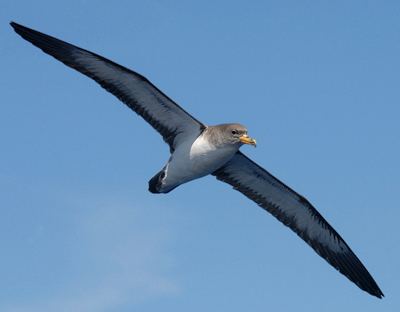
Shearwaters come to islands and coastal cliffs only to breed. They are nocturnal at the colonial breeding sites, preferring moonless nights to minimize predation. They nest in burrows and often give eerie contact calls on their night-time visits. They lay a single white egg.
They feed on fish, squid, and similar oceanic food. Some will follow fishing boats to take scraps, commonly the sooty shearwater; these species also commonly follow whales to feed on fish disturbed by them. Their primary technique for feeding is diving and some species diving as much as 70 m (230 ft) under water.
Shearwaters are part of the family Procellariidae, which also includes fulmarine petrels, prions, and gadfly petrels.
